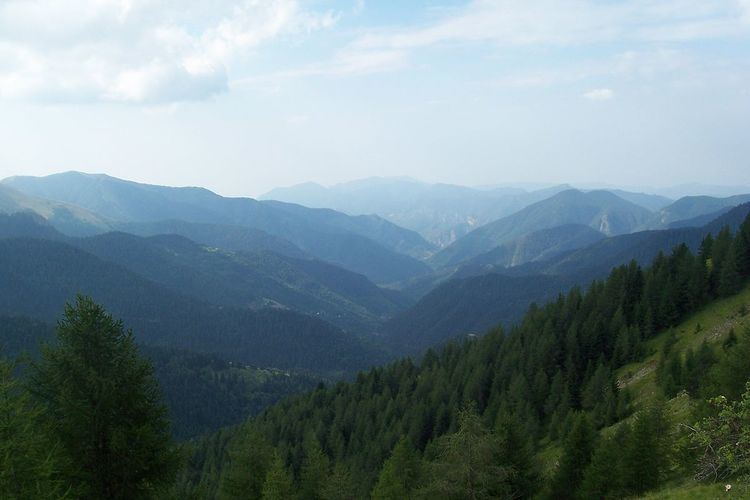Visitors 800,000 (in each year) Area 685 km² Established 1979 | Address France Phone +33 4 93 16 78 88 | |
 | ||
Governing body Parcs Nationaux de France Similar Alps, Vallée des merveilles, Ubaye Valley, Isola 2000, Auron Profiles | ||
Le vallon de fenestre vesubie valley in mercantour national park france
Mercantour National Park (French: Parc national du Mercantour) is one of the ten national parks of France. Since it was created in 1979, the Mercantour Park has proven popular, with 800,000 visitors every year enjoying the 600 km of marked footpaths and visiting its villages.
Contents
- Le vallon de fenestre vesubie valley in mercantour national park france
- Marmots mercantour national park
- ExtentEdit
- GeographyEdit
- FloraEdit
- FaunaEdit
- References
Marmots mercantour national park
ExtentEdit
The protected area covers some 685 km², consisting of a central uninhabited zone comprising seven valleys - Roya, Bévéra, Vésubie, Tinée, Haut Var/Cians (in the Alpes-Maritimes) plus Verdon and Ubaye (in the Alpes-de-Haute-Provence) - and a peripheral zone comprising 28 villages. Many of them are perched villages, such as Belvédère at the entrance to the spectacular Gordolasque valley, concealing great architectural riches (numerous churches decorated with murals and altar pieces by primitive Niçois painters). More than 150 rural sites are located within the Park. Around Mont Bégo there are petroglyphs pecked out on schist and granite faces. They have been dated from the late Neolithic and Bronze Ages.
GeographyEdit
In the heart of this setting of vertiginous summits (including Cime du Gélas, the third highest mountain in the Maritime Alps at 3,143 m), lies a gem listed as a Historical Monument, the famous Vallée des Merveilles, the aptly named "valley of marvels". At the foot of Mont Bégo, climbers can admire some 37,000 petroglyphs dating back to the Bronze Age, representing weapons, cattle and human figures that are sometimes very mysterious. A less challenging destination is the Musée des Merveilles at Tende.
FloraEdit
In addition to the holm oak, the Mediterranean olive tree, rhododendrons, firs, spruces, Swiss pines and above all larches, the Mercantour is also endowed with more than 2,000 species of flowering plants, 200 of which are very rare: edelweiss and martagon lily are the best known, but there is also saxifrage with multiple flowers, houseleek, moss campion and gentian offering a multi-coloured palette in the spring. The Mercantour is the site of a large-scale All Taxa Biodiversity Inventory and Monitoring programme to identify all its living species, organised by the European Distributed Institute of Taxonomy (EDIT).
FaunaEdit
Walkers may easily glimpse a chamois, several thousand of which live in the park and may often hear the whistling of marmots. The ermine is rarer (and more furtive), as is the ibex and the mouflon, although with a little luck you may be able to observe them during the coolest parts of the day in the summer. There is a tremendous variety of wildlife in the Mercantour: red deer and roe deer in the undergrowth, hares and wild boars, partridges, golden eagles and buzzards, numerous species of butterflies and even about 50 Italian wolves (which migrated there at the beginning of the 1990s). A Wolves Centre welcomes visitors in Saint-martin-Vésubie.
